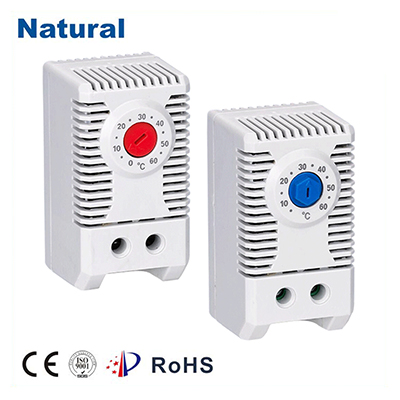In the realm of temperature control, bimetal thermostats are integral components that help maintain desired temperature levels in various devices and environments. This article delves into the workings, benefits, applications, and future prospects of bimetal thermostats, emphasizing their importance in both industrial and residential settings.

What is a Bimetal Thermostat?

A bimetal thermostat operates based on the principle of thermal expansion. It consists of two different metals that are bonded together. These metals expand and contract at different rates when exposed to temperature changes. This differential expansion generates mechanical movement, which is utilized to open or close an electrical circuit. The result is a reliable and effective way to regulate temperature without the need for electronic components. How Bimetal Thermostats Work The basic design of a bimetal thermostat includes a bimetallic strip, a set of contacts, and a spring mechanism. As the temperature rises, the bimetallic strip bends due to the differing expansion rates of the two metals. This bending motion is calibrated to activate a switch that either opens or closes a circuit, thereby controlling the heating or cooling system.

Leave a Reply